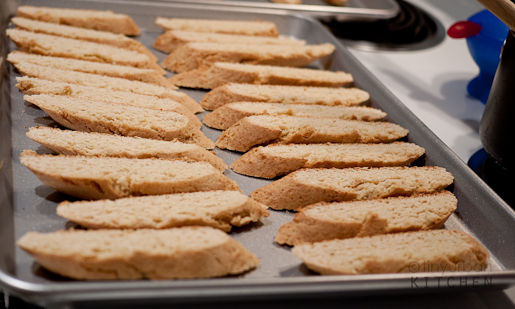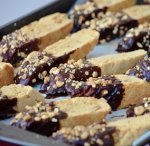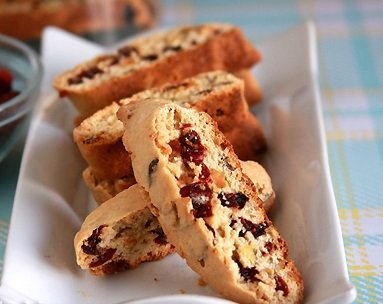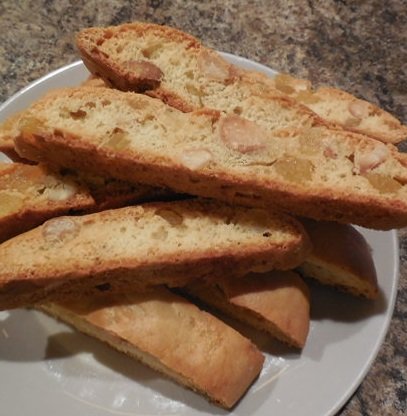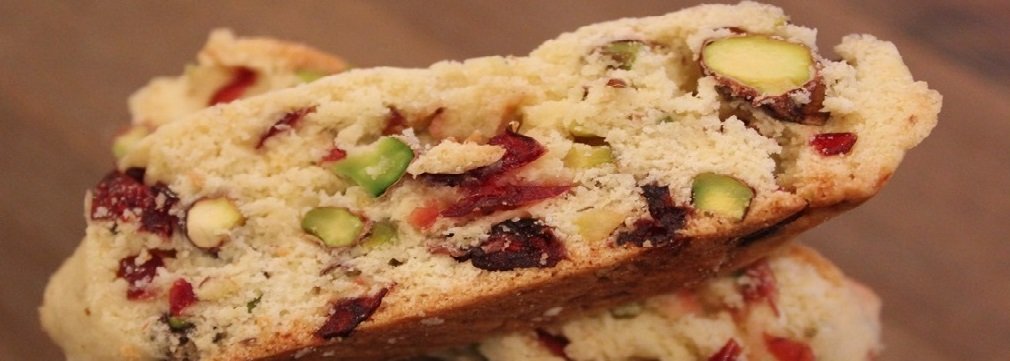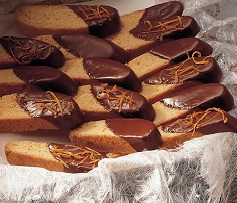Selecting Chocolate
About Chocolate Tempering Chocolate Selecting Chocolate
How you go about your Chocolate Selection will be the primary determining factor of how your finished chocolate baked product will taste.
Not all chocolates are created equal, and in general, there is a strong correlation between quality and price. This does not mean that you always have to buy the most expensive chocolate, but be aware that high-quality chocolates with large amounts of cocoa butter and cocoa solids will cost more than their lower quality counterparts.
I learned this the hard way. As a beginning (naive) baker, I always tried to save a few pennies and one of the things I would buy was Melting Chocolate, both in milk and white. One time a friend gave me some better (real) chocolate and WOW was I surprised. So I looked at the packed of the stuff I was buying, only to find it did not even have cocoa butter, but it did have plenty of artificial flavors. YEA! I got what I paid for.
Selecting Chocolate should primarily be a sensory experience!
Before you taste the chocolate, look at it closely. You want chocolate that has a glossy surface and is free from blemishes. If the surface is scarred, cloudy, or gray, this may be a sign that the chocolate is old or has been subject to extremes in temperature or handling. Next, break the chocolate in pieces. You want a chocolate with a clean, hard “snap” to it. If it bends or crumbles, either the quality is low or the chocolate is old.
Good chocolate will smell strongly of chocolate. Rub your fingers over the surface to warm the chocolate, and then smell the bar. If it doesn’t smell like chocolate, or if it smells primarily of vanilla or other added ingredients, it probably won’t taste very much like chocolate either. Chocolate easily picks up odors from its environment, so be aware if your chocolate smells like coffee, tea, or other aromatic foodstuffs.
Finally, taste the chocolate. Pay attention to the way it melts in your mouth: does it feel waxy? Unpleasantly chewy or dense? Does it leave a slightly slippery feeling? Does it feel sandy, or smooth? In general, a smooth, velvety mouth feel is preferred. Also notice what flavors you can find in the chocolate. Common descriptions of chocolate notes include floral, citrus, berry, coffee, and wine undertones. Notice if the flavor bursts out all at once, or if it gradually builds in intensity and lingers after the chocolate has left. Above all, trust your own taste buds. Chocolate preference is very personal, and you know what tastes good to you, so select chocolate that you will enjoy baking with.
Questions or Comments?
Like a recipe or something you read? LET US KNOW!
Have a Question don't be shy, ASK US!
Return from Selecting Chocolate to:
What's New
-
Almond Anise Biscotti
Jan 12, 15 04:43 PM
Almond Anise Biscotti -
Peanut Butter Biscotti
Jan 12, 15 12:41 PM
If you like peanut butter cookies, you will love these Peanut Butter Biscotti. -
Butterscotch Biscotti
Jan 10, 15 07:24 PM
These decadent Butterscotch Biscotti are made with a bit a extract and lots of butterscotch chips.







